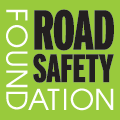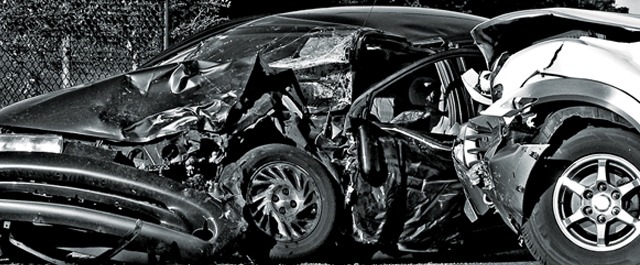ZERO TOLERANCE FOR UNSAFE ROAD DESIGN GETS GLOBAL RECOGNITION
The world is moving one step closer to cutting the annual global road death toll of 1.2 million by recognising the crucial role of road design, according to John Dawson, chairman of the UK’s Campaign for Safe Road Design.
A joint initiative from the Transport Research Centre of the influential OECD and the International Transport Forum will move the importance of road design further up the international agenda by embracing the “Safe System” approach to transport design. This new approach is being successfully used particularly in the Netherlands, Sweden and some Australian states. It ensures that, in the event of a crash, impact energies remain below the threshold likely to produce either death or serious injury.
Commenting on the forthcoming launch of Towards zero : ambitious road safety targets and the safe system approach (17 Oct), John Dawson said : “While this approach still sees the road user as the weakest link in the transport chain – unpredictable and capable of error – it extends responsibility for road safety beyond the road user. It creates a holistic attitude where all those who are responsible for safety of the road transport system – users, vehicle manufacturers and road authorities – accept and act on their responsibility to make roads safe.”
“It is along the lines set out in Towards Zero that the Campaign for Safe Road Design will continue to push for change and road death reduction in the UK,” said Dawson
The Campaign for Safe Road Design, a consortium of the UK’s leading road user, road safety and road design bodies, was launched in July this year. It claims that Britain can cut its toll of road deaths and serious injuries by a third simply by investing in better road design, saving 30 lives or serious injuries a day and Britain’s economy GBP6bn a year.
According to the Campaign, a third of Britain’s serious injuries or fatalities on the roads are preventable over the next 10 years with just a modest investment – primarily in signs, lines, kerbing and barriers.
Notes
* World Health Organisation Estimate
Towards Zero: Ambitious Road Safety Targets and the Safe System Approach is due to be published by the OECD on 17 October 2008 and will be available for purchase from http://www.oecdbookshop.org/. The Executive Summary is available for download from the OECD immediately.
The cost of handling British road crashes is GBP18bn per year – 1.5% of GDP. The Campaign for Safe Road Design seeks to cut deaths and serious injuries by one-third, saving the economy GBP6bn.
GBP18bn is the total accident cost including fatal, serious, slight accidents and accidents involving damage only. The figure has been rebased to 2007 costs using 2006 statistics. It includes the costs to emergency services and health and social care costs, particularly the costs of long term care to those disabled in road crashes.
However, the GBP18bn cost excludes the substantial disruption and economic cost of road accidents. The additional costs on heavily trafficked motorways and “A” roads amount to many billions more. In as much as money can ever describe the sudden, violent nature of road crashes, the economic costs do include the cost of pain, grief and suffering as awarded by courts.

